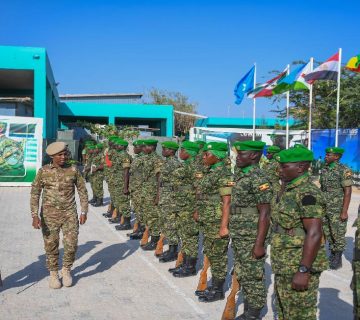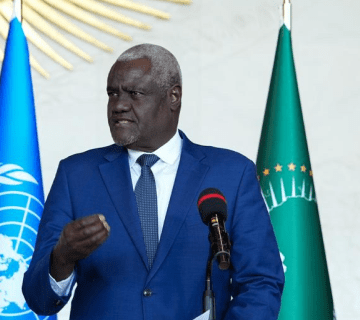In the first week of June 2019, the deadly Ebola disease spread from the Democratic Republic of the Congo to Uganda, where two people have reportedly died from the disease, while others were infected. Authorities in Uganda have been placed on high alert, banning public gatherings in the western district of Kasese on June 13. Additionally, hand washing facilities have been erected, Red Cross teams are driving around the country to inform the public of Ebola, and people do not shake hands anymore. Containing the spread of Ebola inside the DRC is a tenuous task seeing that the borders in eastern DRC are long and porous, allowing for unprohibited and uncontrolled flow of people and goods. This latter aspect became painfully clear in the last week of June, when thousands of refugees fled to western Uganda, running away from ethnic violence and armed group mobilization in the eastern DRC. Especially the Kasese region is under threat from Ebola.
On the southern end of the country however, the opposite ensued: the border with Rwanda has been closed since February 2019. The closure is not due to Ebola but due to a diplomatic rift between Rwanda and Uganda that has been worsening over the last months. In a surprise turn, Rwanda reopened the border between June 10 and June 22, allegedly to ease some of the building tensions. Uganda is struck hard by the border closure, as a significant part of its international trade goes to or through Rwanda. The row started after Rwanda accused Uganda on three counts: sabotaging trade to its southern neighbor, mistreating Rwandans in Uganda and supporting rebel groups opposed to president Paul Kagame’s government. It is alleged that Museveni sees Kagame as his junior, having fought under Museveni during the Ugandan Bush War.



